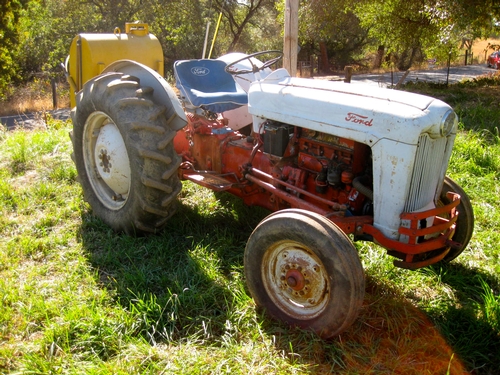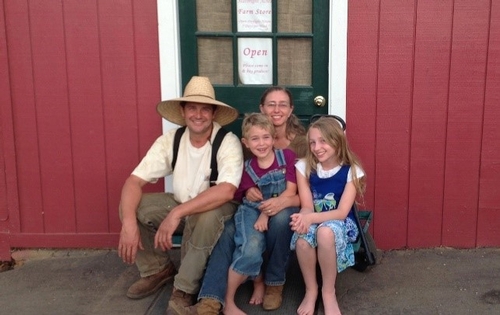In my first Starting Smarter blog post, I talked about hands-on education, business planning, market research, and crop selection (Starting Smarter Part 1). I could write a book on what I didn't know when I started farming. In Part 2, I will summarize key considerations for a successful start-up and things I would do in the first years.
If I had it all to do over again, what would I do differently in my vegetable operation?
Equipment & Infrastructure: I would invest in BCS (walk-behind tractor), used tractor, or make a rental equipment budget part of my start-up plan. My husband put his knees in jeopardy by using a shovel to break ground and farm our first ¼ acre. Rental equipment would have been a game changer in our first couple of years. We benefitted immediately from some key infrastructure investments: a cool room, washing area, high tunnel, germination area, and greenhouse. In our operation, these are important and I would get them as quickly as I could without taking on debt. Before buying, ask other farmers what were game changers for them. Develop a list, put the items in order of priority and buy them as you can. Go with inexpensive versions that get the job done and that you can afford. Debt is not the friend of a beginning farmer.
Land: A few things I would check when choosing land:
• Zoning and restrictions
• Flat/sloped and direction/aspect
• Water source and reliability
• Soil quality
• Drainage – how does the land behave during the dry AND rainy seasons?
• Delivery truck accessibility
• Prior use and potential for organic certification
• Surrounding property use – is there anything around you that may require barriers or cause conflict? (e.g. noise or odor restrictions)
• Is there adequate fencing? If not add that expense into your start up budget.
Farmers' Markets: I would stick with one farmers' market until I was consistently making a profit before expanding to more.
Organic Certification: I would have become Certified Organic sooner. It really was not hard, the certifier was very helpful and guided me through the process. It would have helped me keep better records from the beginning.
Labor: I would estimate my annual labor budget and add in employees only when I had enough cash flow. I would calculate the full cost (loaded labor rate, including taxes and workers compensation insurance) of an employee before hiring. I would consider how much time I could afford to spend as a manager rather than a worker on my farm. I would hire people only for the time I was available to manage them.
Owner Salary: I would pay myself every month, even if it were only $100. Just to get in the mindset that the farm should pay me. Then I would work hard to get that up to a financially sustainable income. The median per capita income in Placer-Nevada is $34,000 year or $2,833 per month. I would attempt to track and limit my time working on the farm. This is a challenge but it's important to enjoy life and not allow the farm to work you to death.
Financing & Savings: I did know a few things in the beginning because I had managed and owned other businesses in the past and benefited from having a savings account and family backing. I knew that the business would not turn a profit for at least three years and I needed enough savings to live off during that time.
There are some things you just have to learn by doing. For me, I'm better at fielding questions from farmers' market customers now. I remember how to harvest, what temperature, and how long to store various types of produce. In the beginning, I had to constantly check a book or go online for this information. There are many things I am still learning and I'm sure there always will be.
Your unique situation will require your own solutions and methods. I hope these tips help you become a profitable farmer more quickly and efficiently. May you have a bountiful and successful farm!
Check out the New Farmers and Resources tabs on our Foothill Farming website: http://ucanr.edu/sites/placernevadasmallfarms/

